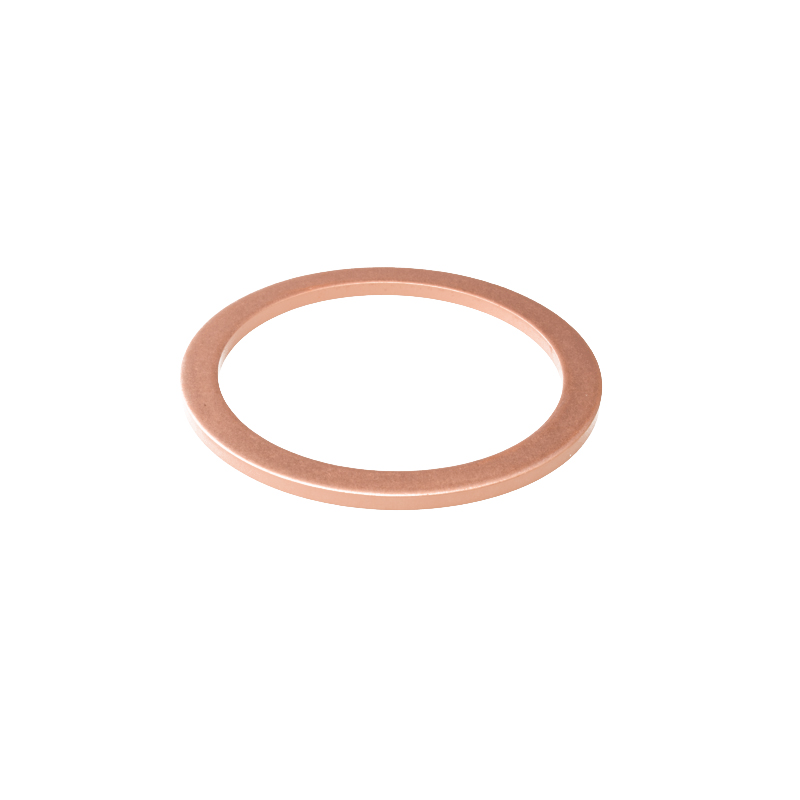Front Inner Axle Seal Replacement Guide for Enhanced Vehicle Performance and Durability
Understanding the Importance of the Front Inner Axle Seal
When it comes to the intricate mechanics of vehicles, many components play pivotal roles in ensuring smooth functionality and longevity. Among these components, the front inner axle seal may seem like a minor part, yet it serves crucial functions that contribute to the health of your vehicle's drivetrain. In this article, we will delve into the functions, importance, and maintenance of the front inner axle seal.
What is a Front Inner Axle Seal?
The front inner axle seal is a critical component located where the front axle meets the differential or transfer case in a vehicle. Its primary function is to prevent fluid leaks from the axle housing, ensuring that the axle's lubrication remains contained. This seal is typically made from durable materials such as rubber or silicone, designed to withstand extreme temperatures and pressures while maintaining its integrity over time.
The Role of the Front Inner Axle Seal
1. Fluid Retention The primary purpose of the front inner axle seal is to retain the differential fluid within the axle assembly. This fluid is essential for lubricating the gears and bearings, reducing friction, and preventing wear and tear on these components.
2. Protecting Against Contaminants The seal acts as a barrier against dirt, debris, and moisture that could potentially enter the axle housing. Contaminants can cause significant damage, leading to premature failure of the drivetrain components.
3. Ensuring Performance A properly sealed front inner axle promotes overall vehicle performance. With the right amount of lubrication, the drivetrain can operate more efficiently, providing better handling, smoother rides, and improved fuel economy.
Symptoms of a Failing Front Inner Axle Seal
Like any other component, the front inner axle seal can wear out over time. Recognizing the symptoms of a failing seal early on can prevent more extensive and costly repairs. Some common signs include
front inner axle seal

- Fluid Leaks The most obvious sign of a failing axle seal is the presence of oil or fluid spots beneath your vehicle. This indicates that your seal is no longer functioning correctly, allowing differential fluid to escape.
- Unusual Noises If you start to hear grinding or whining noises coming from the front differential, it may indicate that the lubricating fluid levels are low due to a leak, leading to increased wear on the gears.
- Reduced Handling and Control A compromised axle seal can ultimately lead to inadequate lubrication, resulting in poor handling and control of the vehicle. This can pose safety risks, especially during high-speed maneuvers.
Maintenance and Replacement
Regular inspection and maintenance of the front inner axle seal can extend its life and ensure the optimal operation of your vehicle's drivetrain. Here are some maintenance tips
- Regular Inspections Incorporate checks of the axle seals during routine vehicle maintenance. Look for any signs of leakage or deterioration.
- Fluid Level Checks Monitor differential fluid levels and ensure they are at the manufacturer's recommended levels. Fluids should be checked during oil changes or tire rotations.
- Prompt Repairs If any signs of failure are detected, such as leaks or unusual noises, it’s crucial to have the seal inspected and replaced if necessary. Ignoring these symptoms can lead to more extensive damage, costing more in repairs than early intervention would.
Conclusion
The front inner axle seal may not be the most glamorous part of your vehicle, but its role in maintaining the integrity and performance of the drivetrain cannot be understated. By understanding its functions and recognizing early signs of failure, vehicle owners can ensure their vehicles run smoothly and efficiently. Regular maintenance and timely repairs will not only enhance performance but also extend the life of your vehicle, providing peace of mind on the road. As with any component, knowledge is power, so prioritize your vehicle's health by keeping an eye on that front inner axle seal.
-
Understanding the Front Main Engine Seal: Purpose, Maintenance, and Installation
News Jul.29,2025
-
Understanding O-Rings and Seal Rings: Types, Applications, and Custom Solutions
News Jul.29,2025
-
Understanding Crankshaft Oil Seals: Rear Seals, Pulley Seals, and Their Role in Engine Integrity
News Jul.29,2025
-
The Importance of Front and Rear Crankshaft Seals in Engine Performance and Oil Management
News Jul.29,2025
-
Crank Oil Seals: Functions, Types, and Cost Considerations in Engine Maintenance
News Jul.29,2025
-
A Comprehensive Guide to O-Rings and Seals: Types, Materials, and Global Applications
News Jul.29,2025
-
Mastering Diesel and Performance Engine Maintenance: A Guide to Critical Oil Gaskets
News Jul.28,2025
Products categories















